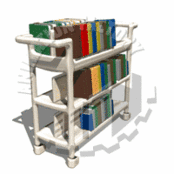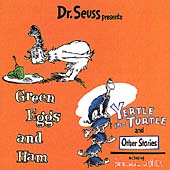Shells of Reading Help
Ideas to Help Students With Their Reading
Checklist for Criteria for Assessing Text Difficulty
Genre: Do my students generally find that they understand the conventions of a text of this genre?
Content: Will my students relate to the selection context? How numerous and difficult are the new concepts?
Text Structure: How predictable will my students find this selection? Is it repetitive? Is it obviously seqential? Are they familiar with this kind of text?
Text Length: Is this selection too long for my students?
Text Layout: Are there pictures? Are they easy to "read"? Are there too many words on the page?
Language: Is the language repetitive? Is there rhythm? Is this selection syntactically difficult? Is there dialect? Are the words interesting or catchy?
Vocabulary: Is there a reasonable number of high-frequency words? Are the words concrete or abstract? Are there contextual clues for difficult words?
More Help for Readers
Involve students in before, during and after reading activities. Also have them preview the text prior to reading. Have them look at the cover front and back, the title, the title page and the table of contents.
Teach students to skim and scan.
Incorporate fun, yet purposeful activities into teaching reading. Help students interact with text to text, text to self and text to world. Teach them that the purpose of reading is comprehension rather than just merely barking at words. Teach phonics and teach students how to sound out words, but always have a balanced literacy approach.
Encourage students to get their eyes checked once yearly. This can make a difference in their reading. Some students may need glasses and not realize it. At a young age eyes can change often.
Teach students to interact with the text during reading. They should ask questions about the story in their mind as they read. This will help them to comprehend better. Also teach them that they should use reading strategies when they come to a word that they do not know. For instance, they could consult a dictionary, ask someone who might know such as a teacher or a parent, try to guess what the word is, use context clues and so forth when they come to a word with which they are not familiar.
Reading is Fun!
Encourage parents to read often with their children at home. Start a reading program and have book fairs come to school. Also weave writing activities into reading lessons. Spelling also should be part of this as well as grammar.







